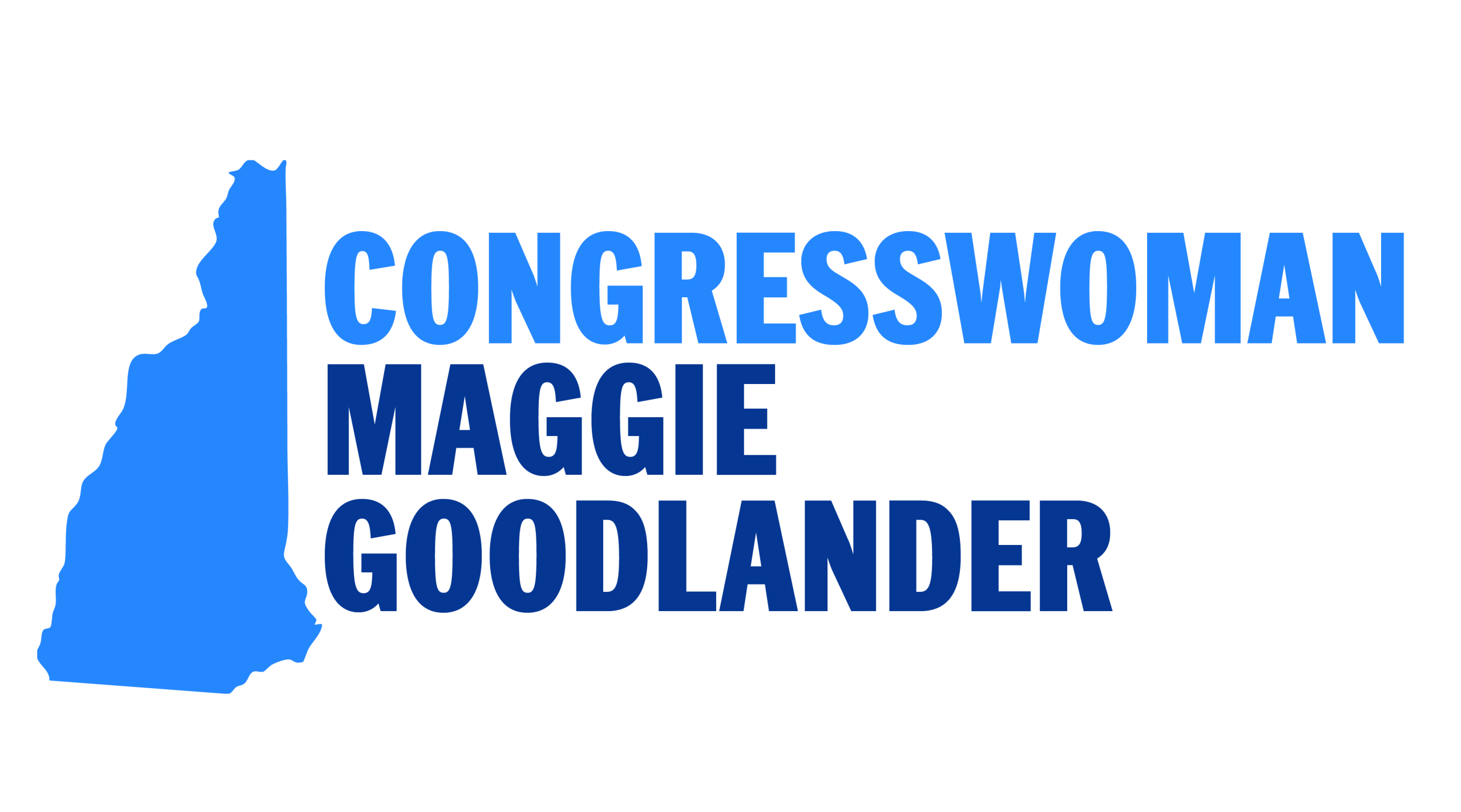With the current median price of a single-family home at $528,000 in New Hampshire, housing remains top of mind among Granite Staters as their biggest concern.
And with that in mind, representatives from the New Hampshire Association of Realtors (NHAR) sat down recently with U.S. Rep. Maggie Goodlander, Democrat from New Hampshire’s 2nd Congressional District, to discuss federal legislation that might ease a lingering housing crisis fueled by scarce supply and high prices.
The University of New Hampshire Survey Center asked a sampling of residents to name their No. 1 concern. Among all the possible angsts (crime, immigration, homelessness, cost of living and the state budget among them), housing was rated at the top by a wide margin.
According to the poll, 27% of respondents named housing as the most important problem facing New Hampshire. The next closest was jobs/economy and education tied at 8%, right/rightist politicians at 7%, and taxes and the cost of living tied at 6%.
Housing has been the No. 1 concern for the past several such polls done by the survey center.
The price of a single-family home has seen a steady climb so far in 2025. In January, the median price stood at $502,500, then rose to $510,000 in February, $525,000 in March, then to its most recent $528,000 in April, according to the latest stats from the NHAR.
If the upward trend continues, the state could see another record-breaking year for home prices. The state finished 2024 with a single-family median price at $514,000, a historic high, according to NHAR data. Four months into 2025, the single-family median price is $516,375.
Susan Cole, president of the NHAR, said during their meeting with Goodlander the congresswoman was “genuinely engaged and invested in the housing inventory issues that are impacting business, workers, families, young people and seniors.”
The NHAR has spent this legislative session in Concord tracking and advocating for loosening certain local zoning restrictions that they say hamper residential housing development, thus leaving the state far short of the stock it needs to keep up with demand.
NHAR representatives also track housing-related legislation in the U.S. Congress. Here are some of them, according to Cole:
The More Homes on the Market Act to decrease the equity penalty and incentivize more long-term owners to sell their homes. The bill would raise the capital gains tax exclusion on the sale of a primary residence from $250,000 to $500,000 for single filers and $1 million for joint filers. “The increase could incentivize seniors and others to sell their homes, therefore, increasing housing inventory,” said Cole.
The Neighborhood Homes Investment Act to attract private investment to build and rehabilitate owner-occupied homes. “This provides federal tax credits used to cover the gap between the cost of building or rehabilitating homes and the value of those homes. The tax credit covers up to 40% of the costs of building a new home for sale, and up to 50% of the costs for rehabilitating owner-occupied homes,” said Cole.
The Yes in My Backyard (YIMBY) Act to encourage state and local governments to remove barriers to housing development and implement pro-growth policies.
The Revitalizing Downtowns and Main Streets Act to incentivize the conversion of commercial buildings into residential units and mixed-use properties.
Office space availability is currently being impacted by these conversions, according to a new analysis from Colliers, the commercial real estate brokerage with offices in Portsmouth and Manchester.
A 2025 first quarter office market review by Colliers analyst Kristie Russell shows a drop in office space inventory and a rise in vacancy.
“Total office inventory dropped by 1.5% year-over-year due to continued office-to-residential conversions,” Russell said in her written analysis.
She noted these conversions have been especially prevalent in Class C office buildings. Class C is the lowest grade in commercial real estate, generally referring to older buildings (often 20+ years old) in less desirable locations, with outdated infrastructure and minimal amenities.
“Focusing on Class C space, much of the recent shift was driven by apartment conversions, which reduced total inventory by 6.6% over the past year,” said Russell.
Goodlander and U.S. Rep. Chris Pappas, Democrat from the 1st Congressional District, have sponsored with others the Affordable Housing Credit Improvement Act. The legislation is designed to help with the financing and development of more affordable housing across the country by expanding and strengthening the Low-Income Housing Tax Credit.
“Everywhere I go, I hear from families, small businesses and employers about the housing crisis. In Congress, I will continue looking for every possible path to expand access to affordable housing, eliminate barriers for development and tackle the housing crisis head-on,” said Goodlander.
The Low-Income Housing Tax Credit (LIHTC) is a federal program that incentivizes the creation and preservation of affordable rental housing for low-income individuals and families. Developers who invest in rental housing projects use these credits to reduce their federal tax liability.
The legislation expands the availability of these housing credits.
Pappas described the credits as “essential” to ensuring housing availability “given the instability in the economy and higher building costs as a result of tariffs.”
New Hampshire Housing CEO Rob Dapice sees the legislation as a means to create more affordable multifamily housing.
“This legislation not only provides equitable housing opportunities but also strengthens the economic foundation of our neighborhoods,” he said.
Here’s what the April NHAR data shows for single-family median prices in the state by county. The statewide median of $528,000 is 2.5% more than a year ago:
Belknap $505,000
Carroll $500,000
Cheshire $380,000
Coos $249,900
Grafton $472,000
Hillsborough $535,000
Merrimack $495,000
Rockingham $674,950
Strafford $530,000
Sullivan $380,000
Here’s what the data shows for residential condominiums/townhouses. Statewide, the median price was $410,000, up 3.8% from a year ago:
Belknap $549,000
Carroll $373,500
Cheshire $325,000
Coos $412,300
Grafton $425,000
Hillsborough $385,000
Merrimack $330,000
Rockingham $539,000
Strafford $437,000
Sullivan $330,000















